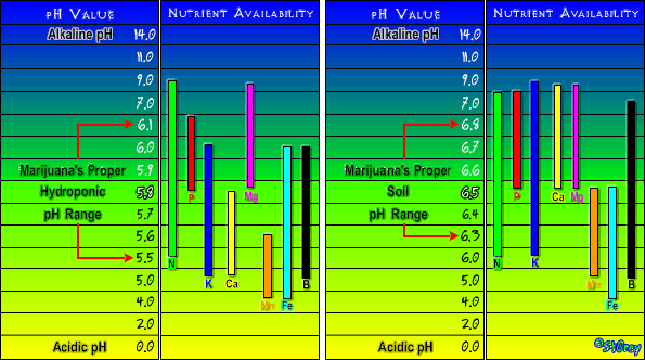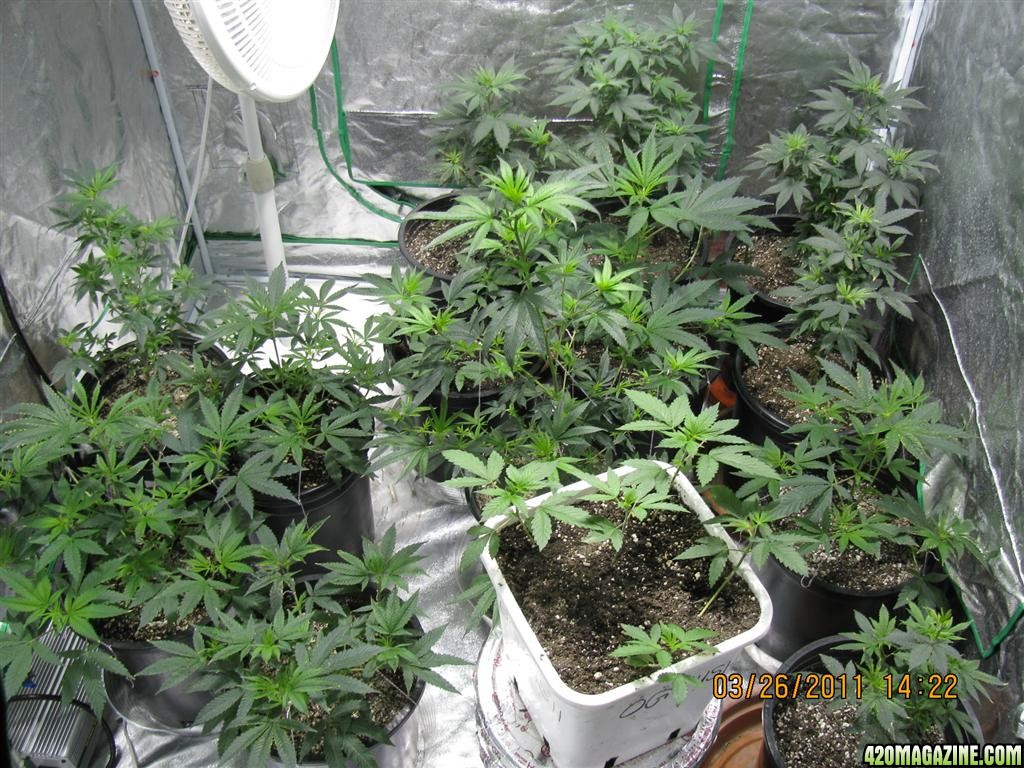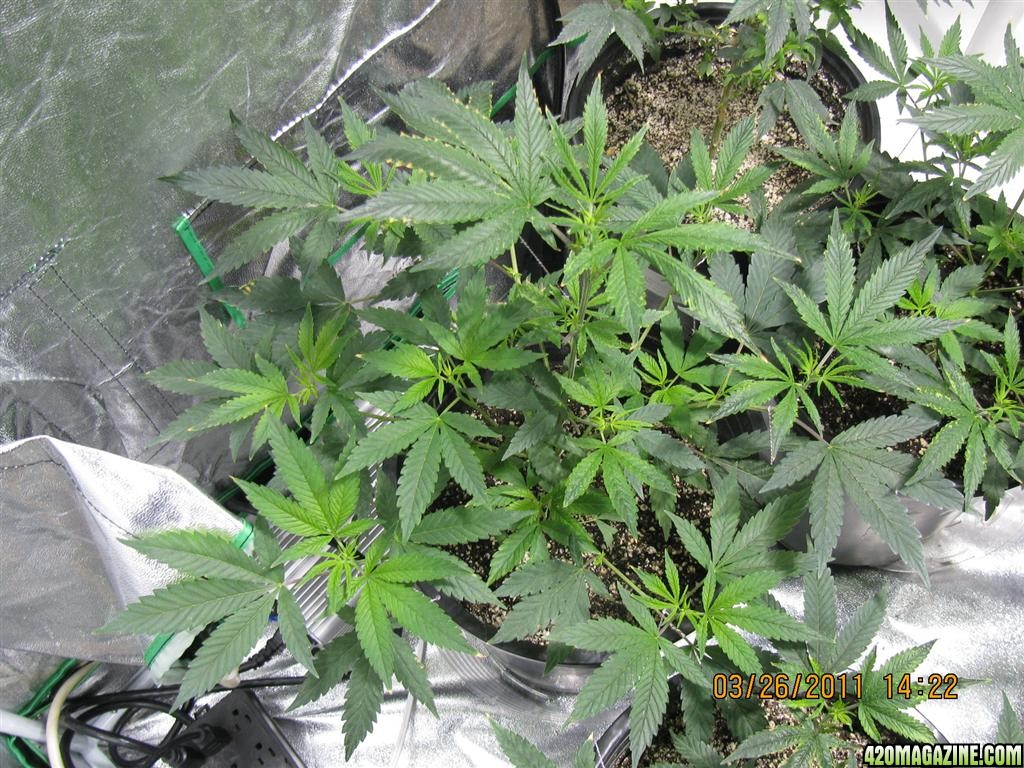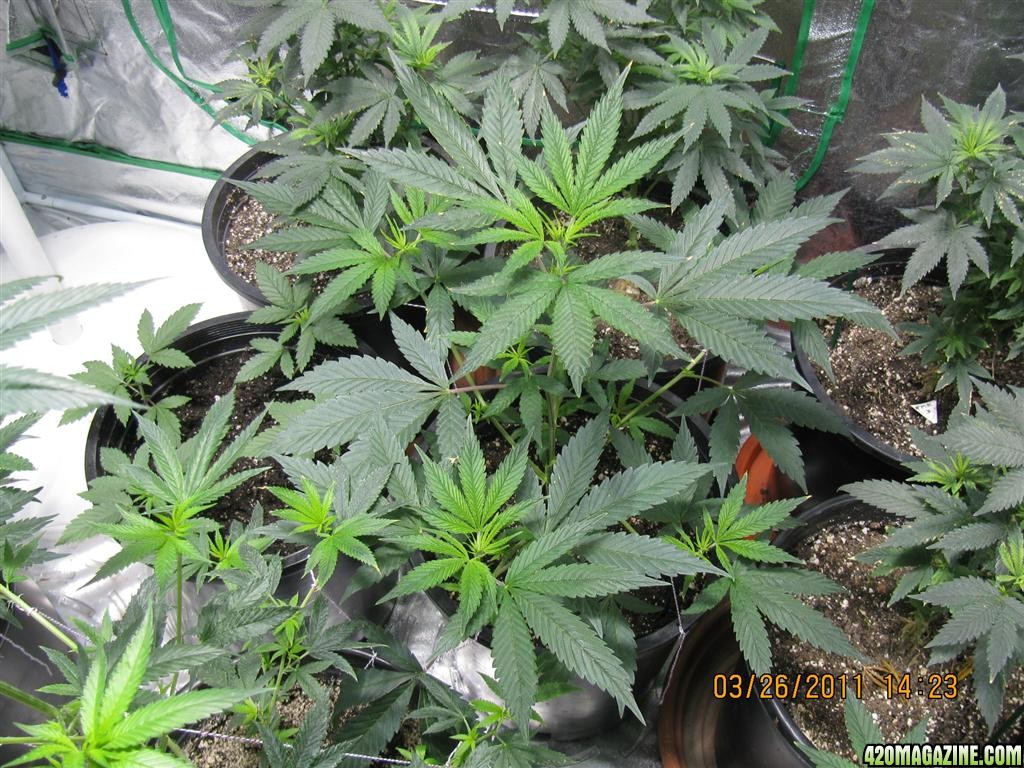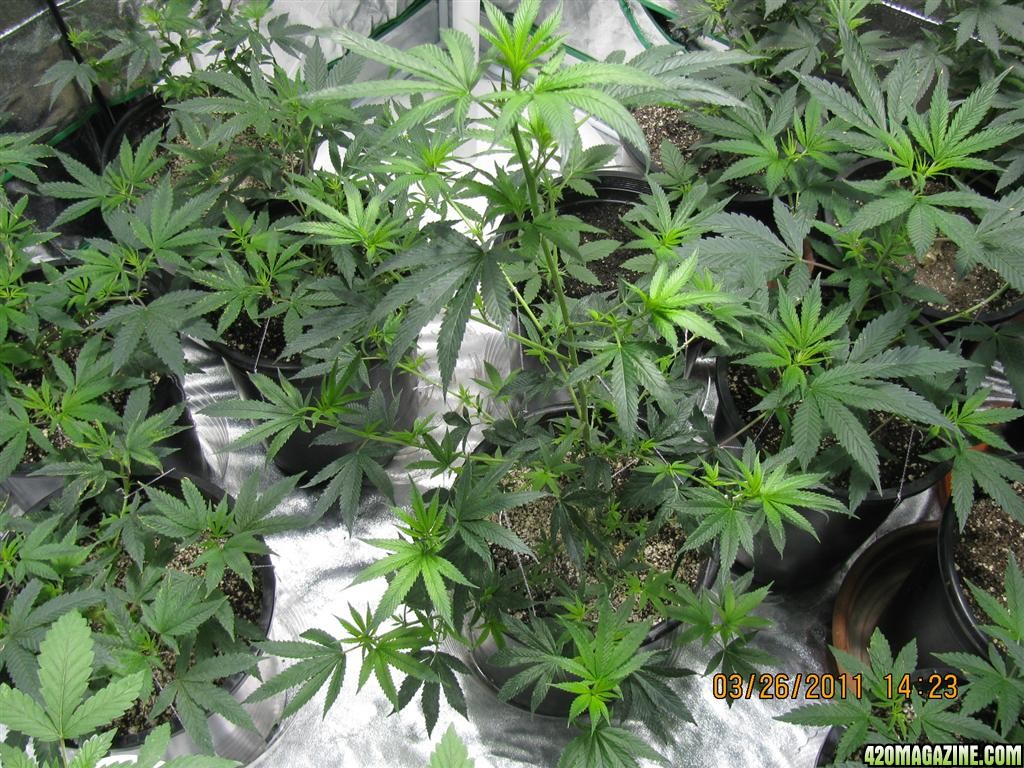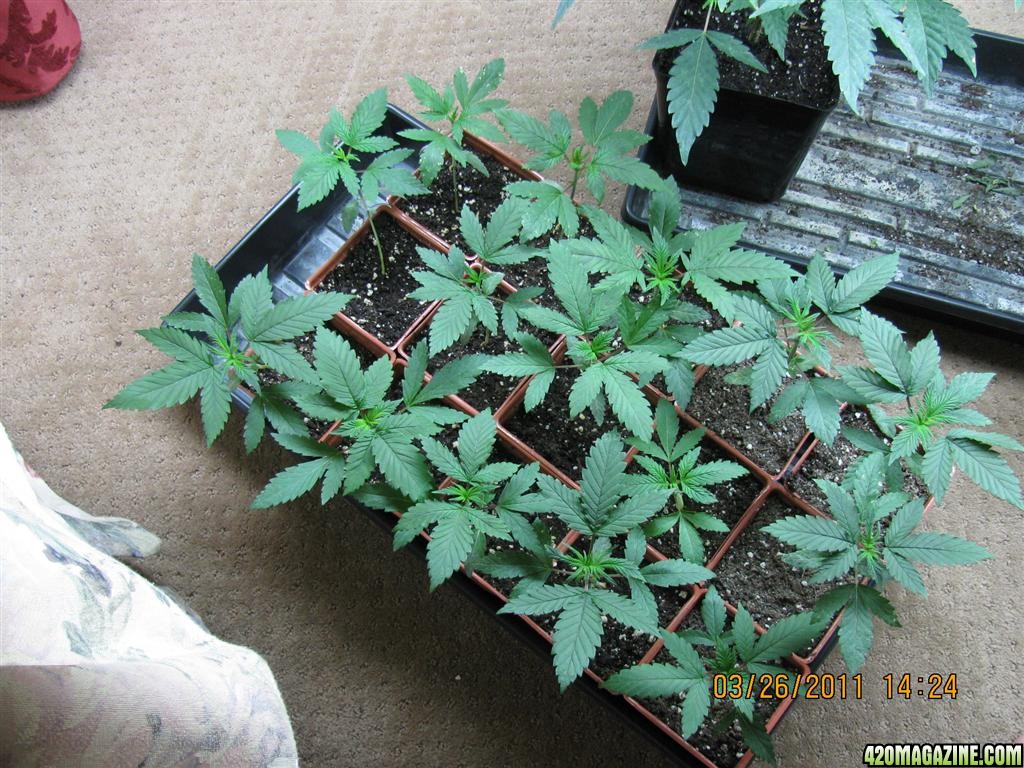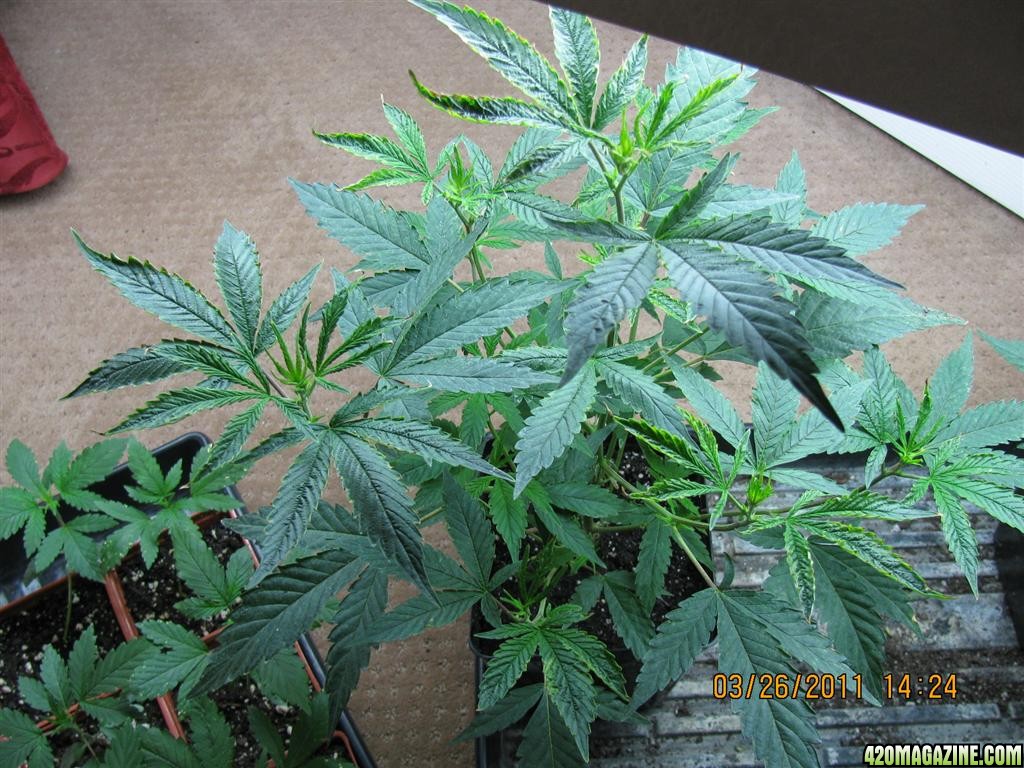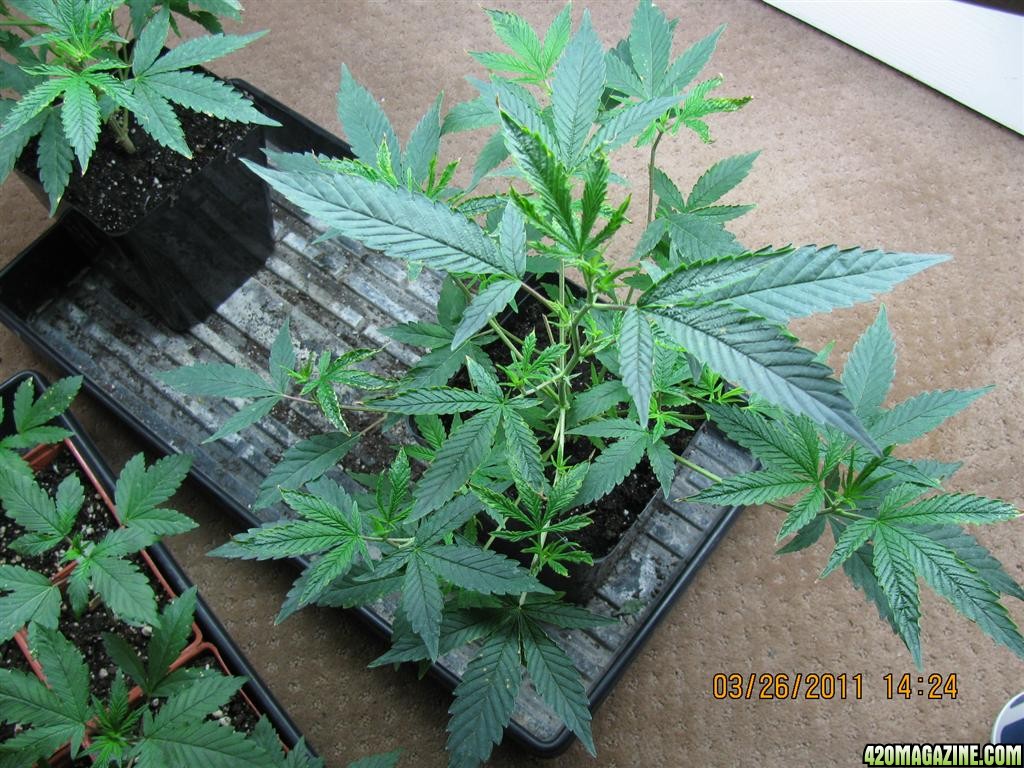hey everyone first a little break down of the room
15 plants multi kush strains all clones - purp master,rascal og,tahoe og,fire og,master bubba all are btwn 3 and 4 weeks in veg
light: air cooled 600w Mh
medium: 5 gal. FFOF/Nutes: gh 3 part flora series(lucas formula)
temps: 75-80day 65-70night
Rh: Low
Problem: new center growth of each shoot yellowing and nute question..
so ive checked out the problem solver pictorial and thought the yellowing was from dramatic temp changes(hot/cold) but the last few days ive noticed alot more yellowing of the new growth at the center of each top. i dont know if this is a deficiency or what. they were a little root bound before transplant but at this point im stumped.
I have Gh flora series nutes from my last hydro grow, can i use the lucas formula in soil with positive results? heres a couple pics to give a you a better view of the situation, ive got a lot riding on this and cant afford to f*** it up by impatience and inexperience. Any advice,opinions, comments are very much appreciated.
room shot
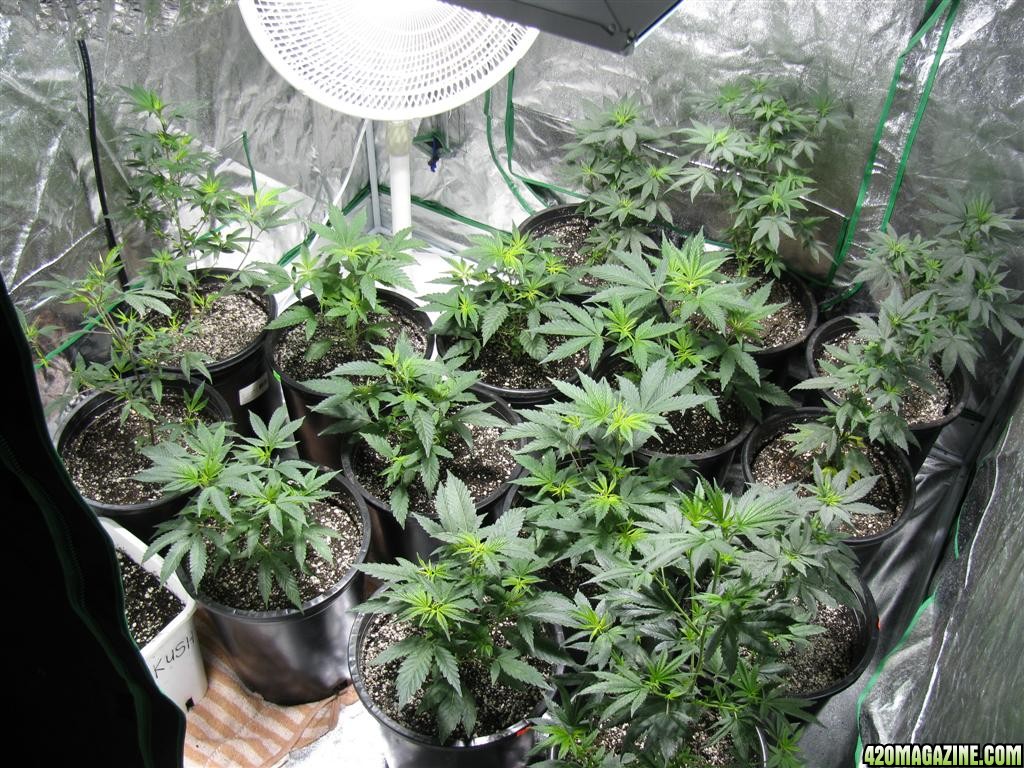
Tahoe Og
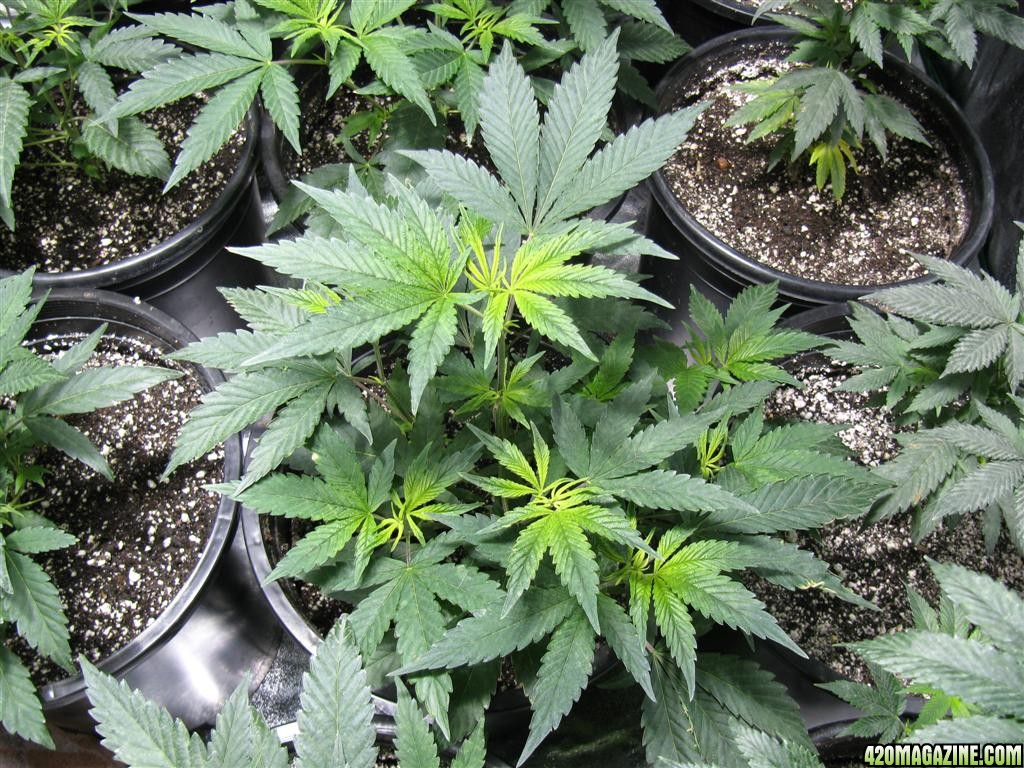
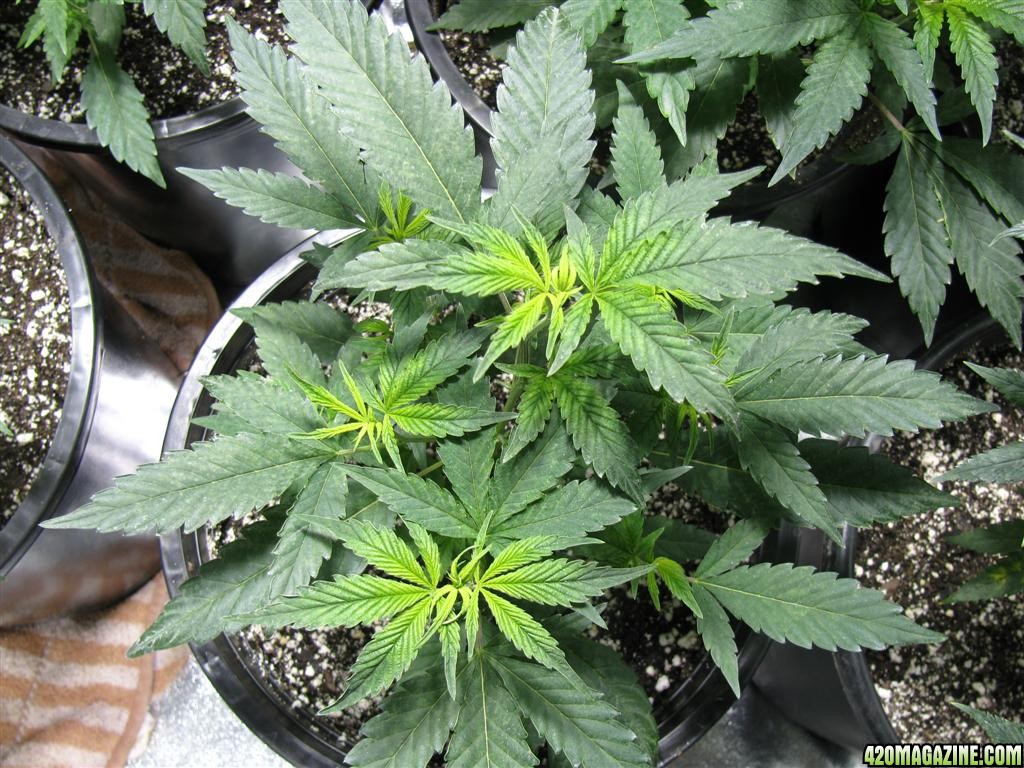
Fire Og
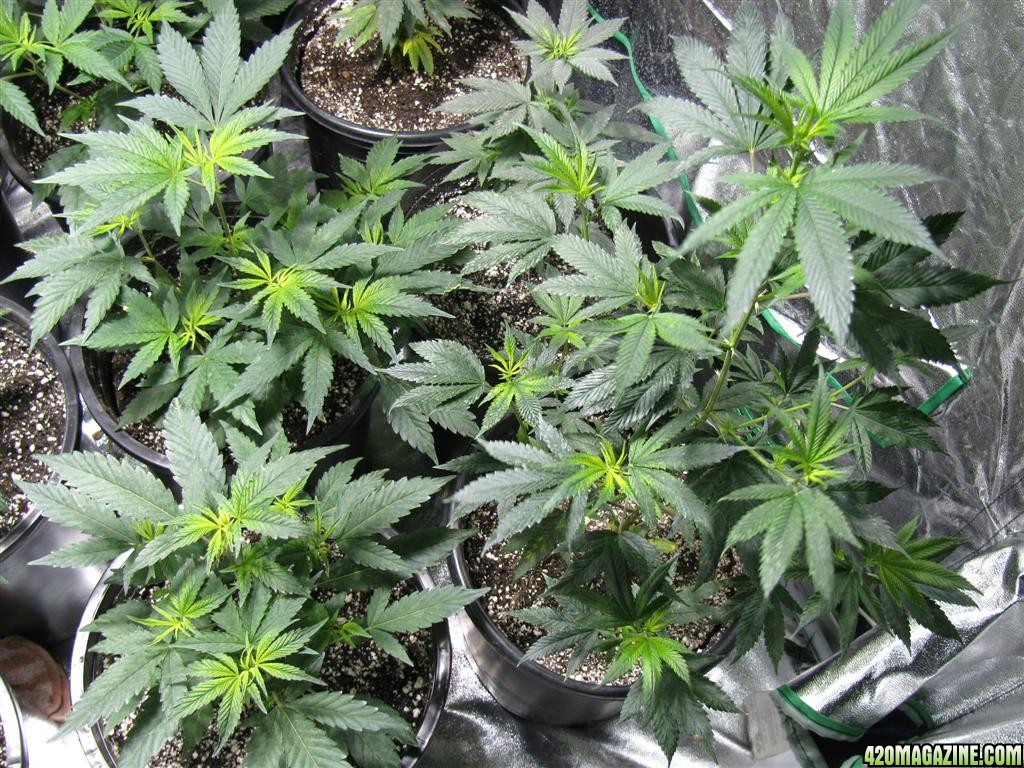
Thanks for looking
15 plants multi kush strains all clones - purp master,rascal og,tahoe og,fire og,master bubba all are btwn 3 and 4 weeks in veg
light: air cooled 600w Mh
medium: 5 gal. FFOF/Nutes: gh 3 part flora series(lucas formula)
temps: 75-80day 65-70night
Rh: Low
Problem: new center growth of each shoot yellowing and nute question..
so ive checked out the problem solver pictorial and thought the yellowing was from dramatic temp changes(hot/cold) but the last few days ive noticed alot more yellowing of the new growth at the center of each top. i dont know if this is a deficiency or what. they were a little root bound before transplant but at this point im stumped.
I have Gh flora series nutes from my last hydro grow, can i use the lucas formula in soil with positive results? heres a couple pics to give a you a better view of the situation, ive got a lot riding on this and cant afford to f*** it up by impatience and inexperience. Any advice,opinions, comments are very much appreciated.

room shot

Tahoe Og


Fire Og

Thanks for looking






